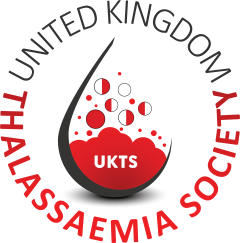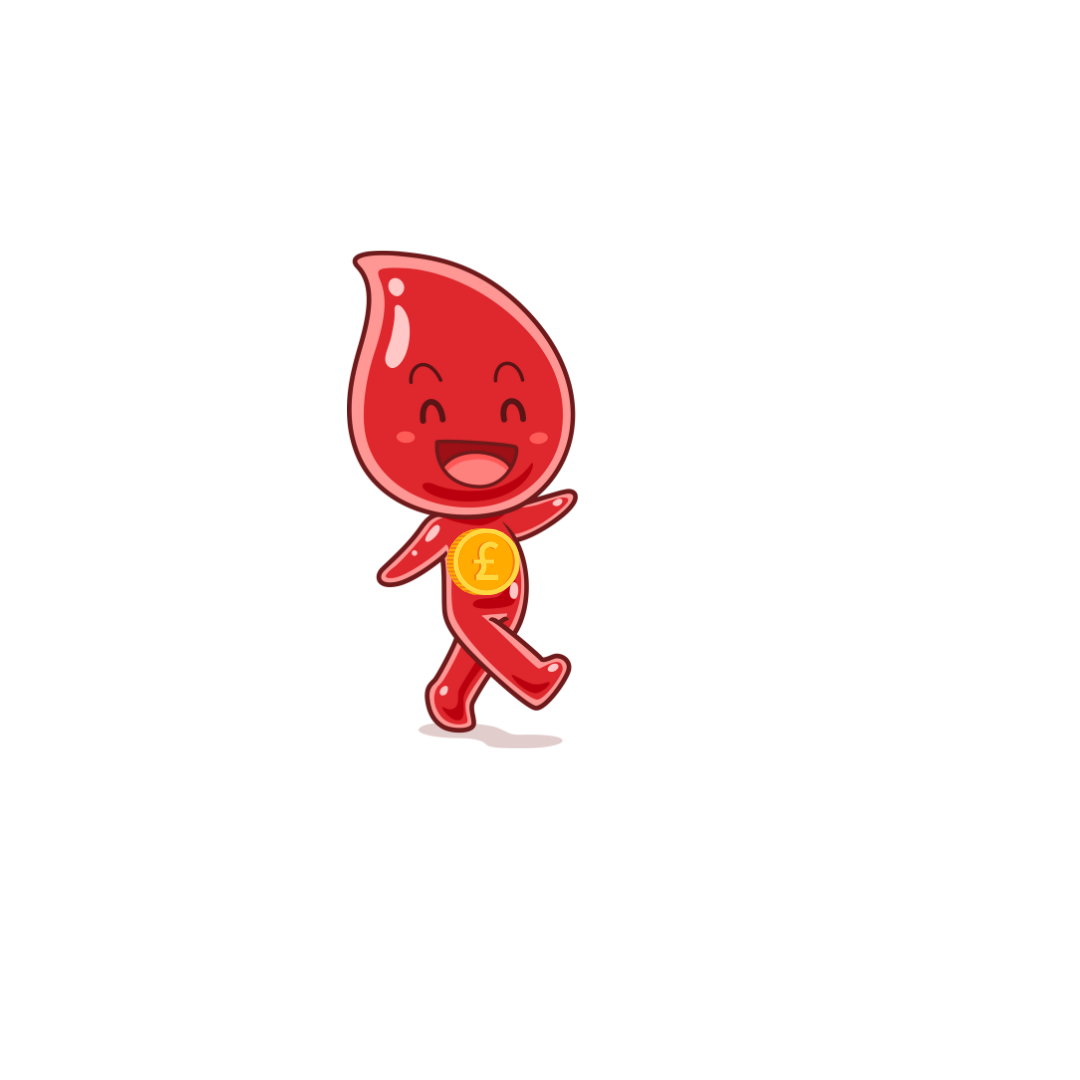How is thalassaemia inherited?
A short guide
How is thalassaemia inherited?
Thalassaemia is passed from parents to children through genes. A gene is a small packet of information that controls a characteristic in your body, by making very specialised protein molecules.
It is a section of DNA, the unique molecule that makes up your chromosomes. Genes make us who we are; they determine our characteristics, for example, the colour of our hair, our height and so on.
There are two copies of a gene in each cell. Each copy is called an allele: for everything we inherit, we get one allele from our mother and one allele from our father. In some cases, a gene can be missing, defective or altered from the usual form. This can cause disease.
In the case of a person with beta thalassaemia major, they have inherited two altered ß-globin genes from their parents (one from the mother and one from the father).
As a result of the altered – sometimes termed ‘mutated’ genes, the person cannot produce enough ß-globin, which forms part of haemoglobin. This is the substance in the red blood cell that carries oxygen.
Illustrated example:
Aisha and Hassan each have one gene that makes the usual amount of red blood cells and one altered or ‘thalassaemia’ gene that makes less red blood cells than usual. Aisha and Hassan are thalassaemia carriers. Being a carrier is sometimes also referred to as having thalassaemia trait or thalassaemia minor.
People who are carriers are well in themselves. They are healthy and in fact they may not even know they are carriers. But they can pass on the altered gene to their children.
A child can only get beta thalassaemia major if they get TWO altered genes – one from their father and one from their mother.
Each time Aisha and Hassan have a baby, there is a:
-
-
- 1 in 4 (25%) chance that their baby will inherit beta thalassaemia major.
- 1 in 2 (50%) chance that their baby will be a thalassaemia carrier.
- 1 in 4 (25%) chance that their baby will be completely free from thalassaemia.
-
These chances are the same each time Aisha and Hassan have a baby. Their next child could have beta thalassaemia major like their child Imran, be a carrier or be completely free from thalassaemia.

Due to the autosomal recessive pattern of inheritance, a person living with thalassaemia trait may pass the condition on to their children. If both parents are living with thalassaemia trait, there is a risk that their children will be carriers for thalassaemia or have thalassaemia major.
How prevalent is thalassaemia?
It used to be the case that thalassaemia was confined to certain geographic regions. This is because it initially developed as an evolutionary response to malaria; thus, it mainly affected people from malarial regions such as Asia and South East Asia, the Mediterranean, South America, the Caribbean, Northern and Central and the Middle East.

Map 1: Highlighting regions of the world where thalassaemia is most prevalent – Copyright UKTS
If a person was a thalassaemia carrier, it appeared to give them some protection against malaria. The human body had developed an effective evolutionary defence but had not anticipated what might happen if two carriers had children. This is where the issue arose, in the form of beta thalassaemia major.
In fact, it is estimated that 700,000 babies, severely affected by thalassaemia, are born globally each year.
Sadly, this underestimates the real number because in many poorer countries, cases are not always reported. According to a publication written by the Royal College of Obstetrics and Gynaecologists on the management of beta thalassaemia in pregnancy, (2014) it is estimated that there are 100 million people worldwide living with thalassaemia trait (asymptomatic carriers).
Whilst it was initially prevalent in the regions mentioned, this is no longer the case, and anyone can be at risk. Due to several socio-economic and demographic changes – for example, the migration of communities over the centuries and the rise of inter-racial families – thalassaemia is no longer confined to people from certain ethnicities.
This is why everyone should get tested. As said earlier, because carriers are generally healthy, you may not know if you are a carrier unless you have the test.
The prevalence of thalassaemia varies across different regions in the UK. Data from the review published the review published in May 2019 by National the Haemoglobinopathy Registry (NHR), indicates that there were 1100 people living with beta thalassaemia major in the UK, 250 people living with beta thalassaemia intermedia, 123 people living with beta thalassaemia/Hb E disease, and 266 people living with Haemoglobin H disease. Each year, around 20 – 30 couples are identified as being at high risk for having a baby with alpha thalassaemia major in the UK. In the UK, 60% of the 1100 patients living with beta thalassaemia major come from a South Asian background.


